There are plenty of Major League ballparks that can be considered as one of the best MLB stadiums today. With each stadium vastly different from one another, ranking them from the bottom to the top is not an easy task.
Best MLB stadiums
No two MLB stadiums are the same. Some are over 100 years old, while others are less than 10. Some are indoors or have retractable roofs, while others do not. A few even use artificial turf on the playing surface, while most stadiums use grass.
When determining which MLB parks are the best, there are many things to consider. For this ranking, size, location, seating/atmosphere, and history of the ballpark play the biggest factors.
Here are all 30 MLB parks ranked from worst to best.
30. Tropicana Field
There is not much debate for the worst MLB stadium, as Tropicana Field holds that title. The ballpark was built in 1990 and has been the home of the Tampa Bay Rays since 1998.
The domed roof is an ugly sight, and it doesn’t help that the stadium is nearly empty for most Rays games.
29. RingCentral Coliseum
RingCentral Coliseum is the current home of the Oakland Athletics. The stadium was built in 1966, making it the fifth oldest ballpark in the MLB today.
The Coliseum is known by most fans and visitors to be plain and displeasing. The stadium used to be the home of the Oakland Raiders until 2019 when the team relocated.
28. Chase Field
The home of the Arizona Diamondbacks, Chase Field has been operating since 1998. It is one of the few stadiums that use artificial turf instead of grass.
The stadium is one of the largest in the MLB, which is one of its biggest problems. The size makes for a limited atmosphere and is just overall too overwhelming and distracting.
27. Guaranteed Rate Field
Guaranteed Rate Field in Chicago has been the home of the White Sox since 1991. The stadium has gone through numerous renovations over the years, but it hasn’t changed the major problems.
The steep upper deck view is one of the issues, along with the way they built the stadium, as it faces the Dan Ryan Expressway instead of downtown Chicago and the Chicago skyline.
26. Rogers Centre
If this were a list ranking MLB parks by capacity, Rogers Centre would be high on the list with a capacity of just under 50,000 spectators. The ballpark was built in 1989 and is the current home of the Toronto Blue Jays.
In what appeared to be a stadium built ahead of its time, Rogers Centre instead has an old and uncomfortable feeling that turns fans away.
25. Truist Park
Built in 2017, Truist Park is the second newest stadium in the MLB. The park has been the home of the Atlanta Braves since its opening.
Although almost brand new, there is nothing unique or special about Truist Park that warrants it being higher up on the list. The lack of history and below-average capacity also hurts it.
24. LoanDepot Park
Formerly known as Marlins Park, LoanDepot Park is the current home of the Miami Marlins. The stadium opened in 2012.
It is one of the smallest stadiums in the MLB with a capacity of 37,422 (including standing room). LoanDepot Park lacks any atmosphere because the stadium is half empty for most games.
23. American Family Field
American Family Field, known as Miller Park until 2020, opened in 2001 and has been the home of the Milwaukee Brewers ever since.
The retractable roof on the stadium can open and close in just 10 minutes. However, the roof is not aesthetically pleasing when closed, and can produce shadows that make it difficult to follow the action at times.
22. Nationals Park
Opening in 2008, Nationals Park is one of the newest MLB ballparks. The park is the current home of the Washington Nationals.
There is nothing wrong with Nationals Park, but nothing that makes it stand out either. The stadium did host three World Series games in 2019, with the Nationals losing all three, yet the team won the series in seven games.
21. Progressive Field
Looking at MLB parks by capacity, Progressive Field is near the bottom with a maximum capacity of just 34,830. The field has been the home of the Cleveland Guardians since 1994.
The stadium has gone through a couple of big renovations in the last decade, which has brought down the capacity of the ballpark from its peak of 45,569 in 2010.
20. Globe Life Field
The newest stadium in the MLB, Globe Life Field became the home of the Texas Rangers in 2020. The stadium features a retractable roof and artificial turf.
The outside of the stadium is not exactly visually appealing, and its lack of history is another reason it is not higher up on this list. Globe Life Field hosted all six games in the 2020 “bubble” World Series due to COVID-19.
19. Minute Maid Park
Minute Maid Park is the current home of the Houston Astros. The field was built in 2000 and has a maximum capacity of 41,168 spectators.
The field has a few unique features, which include a retractable roof and a train inside the stadium that will move along the tracks during Astros games.
18. Busch Stadium
Although the ballpark is nothing special from the looks of it, Busch Stadium is one of the loudest MLB stadiums at times with the enthusiastic St. Louis Cardinals fans.
The ballpark opened back in 2006 and is the third stadium in the city to carry the name Busch Stadium (as it is sometimes referred to as Busch Stadium III).
17. Angel Stadium
Angel Stadium in Anaheim, California is the current home of the Los Angeles Angels. Looking at MLB parks by age, Angel Stadium is the fourth oldest stadium. The stadium first opened in 1966 and has a maximum capacity of just over 45,000 spectators.
In addition to being the home of the Angels, the stadium hosted Los Angeles Rams home games from 1980 to 1994.
16. Great American Ball Park
Great American Ball Park first opened in 2003 and is the current home of the Cincinnati Reds.
Although it has the word great in the name, the ballpark is better described as good. A plus is that the stadium is close to nice restaurants and shops. A minus is that it was built facing the opposite way of the Cincinnati skyline.
15. T-Mobile Park
T-Mobile Park is one of the largest MLB stadiums, with a maximum seating capacity of just under 48,000. The ballpark was built in 1999 and is the home of the Seattle Mariners.
The stadium is best known for its unique retractable roof, which closes when it rains but does not cover the whole ballpark.
14. Comerica Park
Located right in the heart of downtown Detroit, Comerica Park has been the home of the Detroit Tigers since 2000.
The stadium hosted the 76th edition of the MLB All-Star Game in 2005, which was the first All-Star Game held in Detroit in nearly 35 years.
13. Yankee Stadium
Although not one of the best MLB stadiums, Yankee Stadium is home to one of the largest fanbases in the league.
There is nothing wrong with the stadium itself, but it will never be able to compare to the original Yankee Stadium that the New York Yankees called home up until 2008.
12. Citizens Bank Park
Philadelphia Phillies fans are known for making noise, which makes Citizens Bank Park one of the loudest MLB stadiums. The Phillies have called the stadium home since 2004.
The ballpark is located just outside of downtown Philadelphia and is in the same sports complex as the Philadelphia Eagles, Flyers, and 76ers.
11. Citi Field
Citi Field, which first opened in 2009, is the current home of the New York Mets. The ballpark has a maximum capacity of 41,922 spectators (not including standing room).
One of the major features inside the ballpark is the Mets home-run apple, which goes up and down when a Mets player hits a home run.
10. Target Field
Target Field—home of the Minnesota Twins—is one of the newest ballparks in the league. It first opened in 2010 and is located in the historic warehouse district in downtown Minnesota.
Some of the notable features of the ballpark include the Kasota limestone, the overhanging upper decks, and the Twins original “Minnie and Paul” logo.
9. Kauffman Stadium
Home of the Kansas City Royals, Kauffman Stadium is the sixth oldest ballpark in the league. It first opened in 1973 and has a maximum capacity of 37,903.
The intimate feel of the park, and being one of two baseball-only stadiums currently used in the league, make Kauffman Stadium one of the top MLB parks to visit.
8. Coors Field
Coors Field, with its downtown location and spectacular mountain views, is one of the best ballparks in the league. The Colorado Rockies have called the stadium home since 1995.
Due to the high altitude in Denver, the ball is known to fly out of the yard. For fans that want to see plenty of home runs, Coors Field is one of the best baseball stadiums to visit.
7. Petco Park
The home of the San Diego Padres, Petco Park first opened in 2004. The park replaced Qualcomm Stadium, which was the former home of the Padres from 1969 to 2003.
Petco Park is known for its views of downtown San Diego, and also for its old-fashion touch of having the Western Metal Supply Co. building act as the left foul pole.
6. PNC Park
With arguably the best view in baseball, PNC Park is one of the best MLB stadiums. The ballpark opened in 2001 and is the current home of the Pittsburgh Pirates.
What makes the view so iconic is that the field faces the Allegheny River, downtown Pittsburgh, and the Roberto Clemente bridge.
5. Fenway Park
The reason Fenway Park is so high on this list is because of the stadium’s history. The park first opened in 1912, making it the oldest ballpark currently used in the MLB.
The park makes for a unique fan experience, especially with the Green Monster. It also has the shortest distance to center field of any ballpark, measuring 390 feet.
4. Dodger Stadium
In addition to being the biggest stadium in the league, Dodger Stadium is also one of the best ballparks in MLB.
The stadium opened in 1962, which makes it the third-oldest field, yet has everything needed for an ideal ballpark. The top feature is the view of the Chavez Ravine, which is especially breathtaking during sunset.
3. Oriole Park at Camden Yards
When Camden Yards was built in 1992, it set the bar of what modern ballparks should look like.
The stadium is located right in the heart of Baltimore, and although many other stadiums have tried, it cannot be replicated due to its iconic B&O Warehouse building beyond right field.
2. Oracle Park
Oracle Park has been the home of the San Francisco Giants since 2000. The view of the San Francisco Bay alone puts Oracle Park high on this list as one of the best MLB stadiums.
The brick wall in right field and the Coca-Cola bottle in left field are also perfect features in this fan-friendly stadium.
1. Wrigley Field
As far as best MLB stadiums go, Wrigley Field tops the list. The home of the Chicago Cubs since 1916, it is the second-oldest ballpark in the league.
The ivy-covered brick outfield wall, the manual scoreboard, and the rooftop seats are a few of its iconic features. The most special park in all of baseball, as nothing can beat an afternoon game at Wrigley Field.



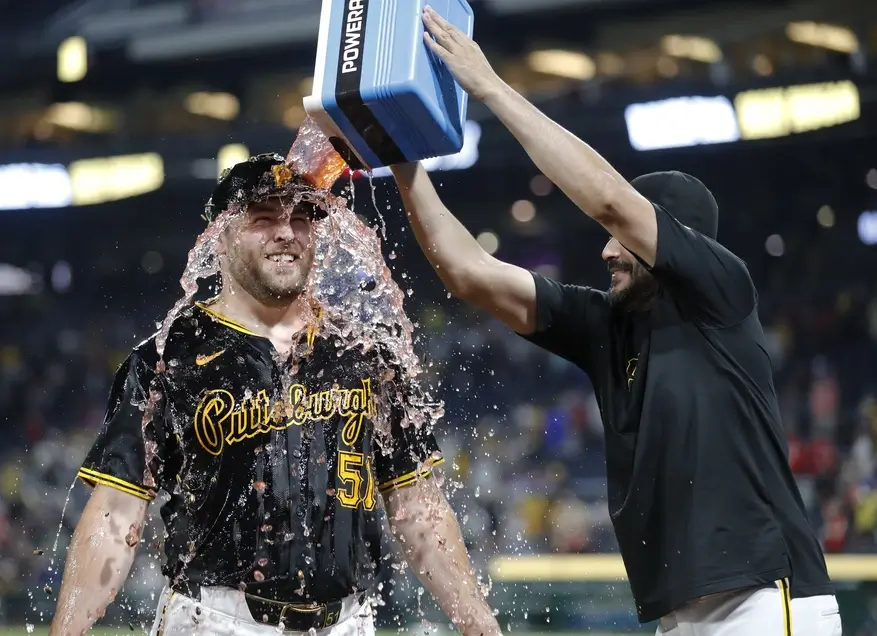
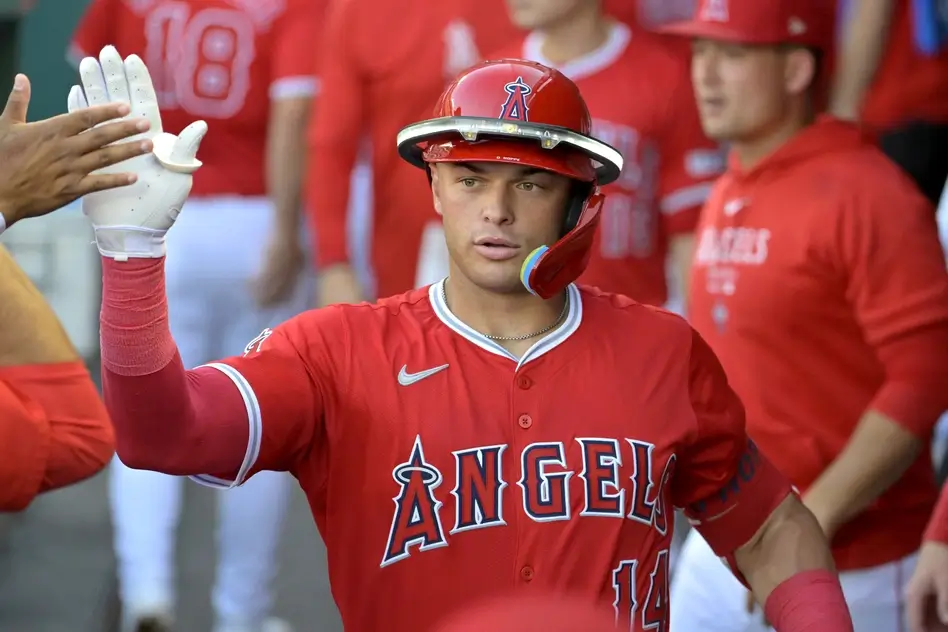
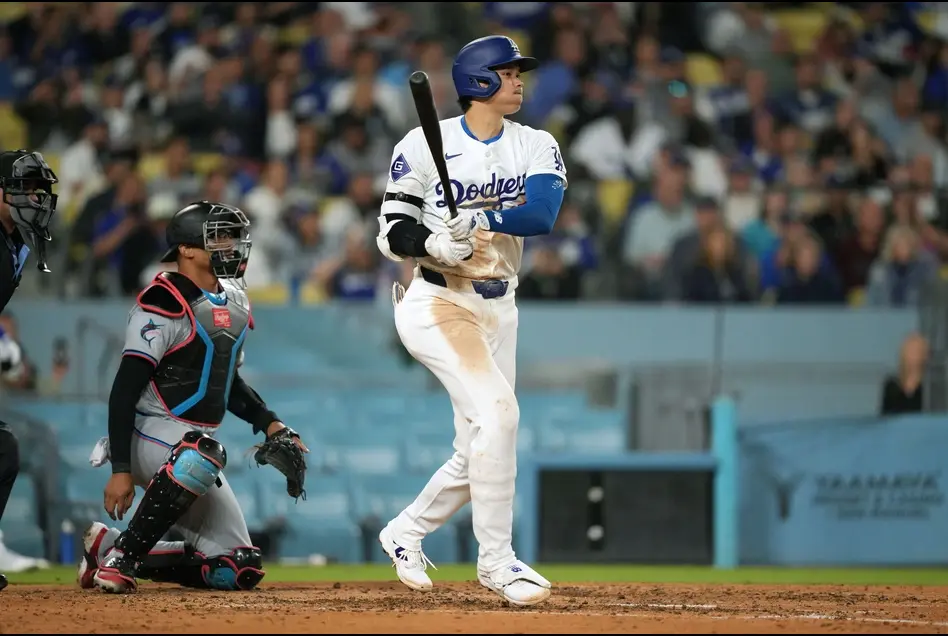

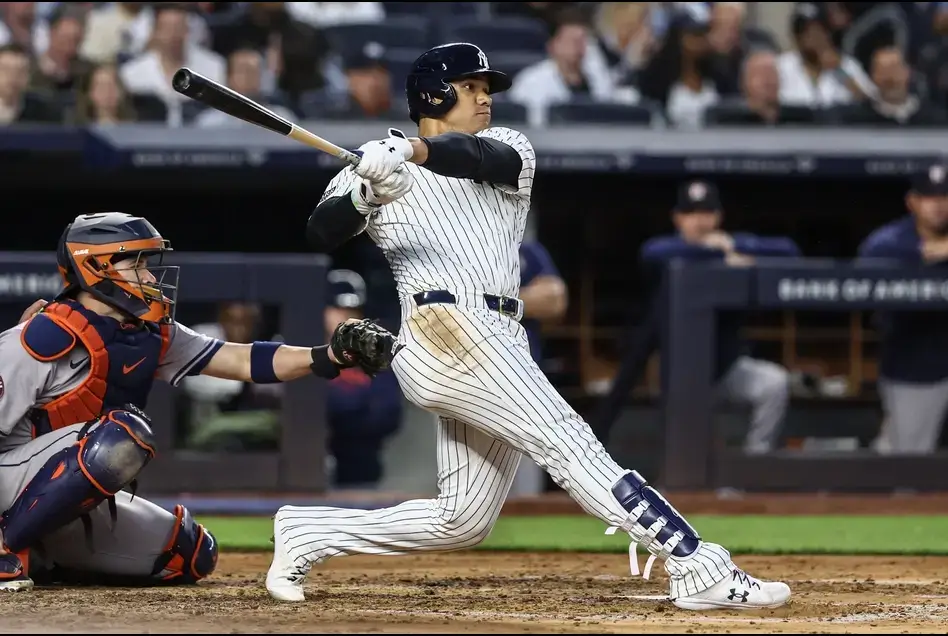
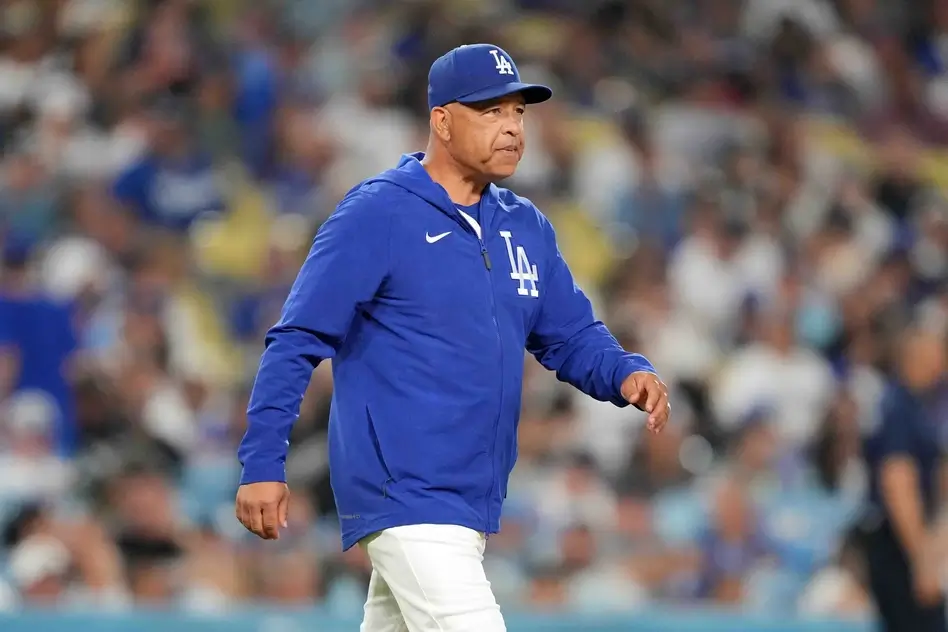
The article on the MLB fields was most interesting but right on. I have always wanted to go to Wrigley Field but only to watch a Yankee Game! I wish people could see what a great sport baseball is!
Interesting piece. I thought I’d let you know that setting the attitude of a ballpark by the fans’ resulting view can have a negative impact on game play. It’s why OBR has a rule that the diamond should be laid out with the line from the plate through the mound to second base running east-northeast.